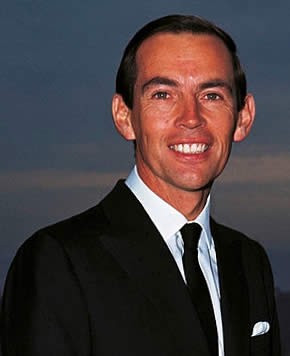Ethical aspects in Organ transplantation
 Christiaan Barnard
Christiaan Barnard
Christiaan Barnard had experimentally transplanted forty-eight hearts into dogs. No dogs had survived longer than ten days after transplant.
At the Medical College of Virginia, Dr.Barnard had a patient willing to undergo the procedure, but as with other surgeons, he needed a suitable donor. Barnard performed the world's first human-to-human heart transplant operation in the early morning hours of Sunday 3 December 1967.Louis Washkansky, a 54-year-old grocer who was suffering from incurable heart disease, was the patient. Barnard was assisted by his brother Marius Barnard, as well as a team of thirty persons.
The donor heart came from a young woman, Denise Darvall, who had been rendered brain dead in an accident on 2 December 1967, while crossing a street in Cape Town. Her mother died immediately. The doctors informed Edward Darvall, her father, that there was nothing further they could do for Denise. Doctors further explained that there was a man in the hospital they might be able to help, and asked Edward if he would consider allowing them to transplant Denise's heart. He gave his permission.
Surgeons had a serious ethical problem because death then could only be declared by whole-body standards. The problem in this case was that, although Denise's brain was damaged, her heart was healthy. Various reports over the years attributed conflicting reasons for her heart stopping. Now it is reported that, for forty years, Barnard's brother Marius kept a secret: that rather than wait for her heart to stop beating, at Marius’s urging, Christiaan had injected potassium into Denise’s heart to paralyze it and thus, to render her technically dead by the whole-body standard.
Washkansky survived the operation and lived for 18 days, having succumbed to pneumonia as he was taking immunosuppressive drugs.